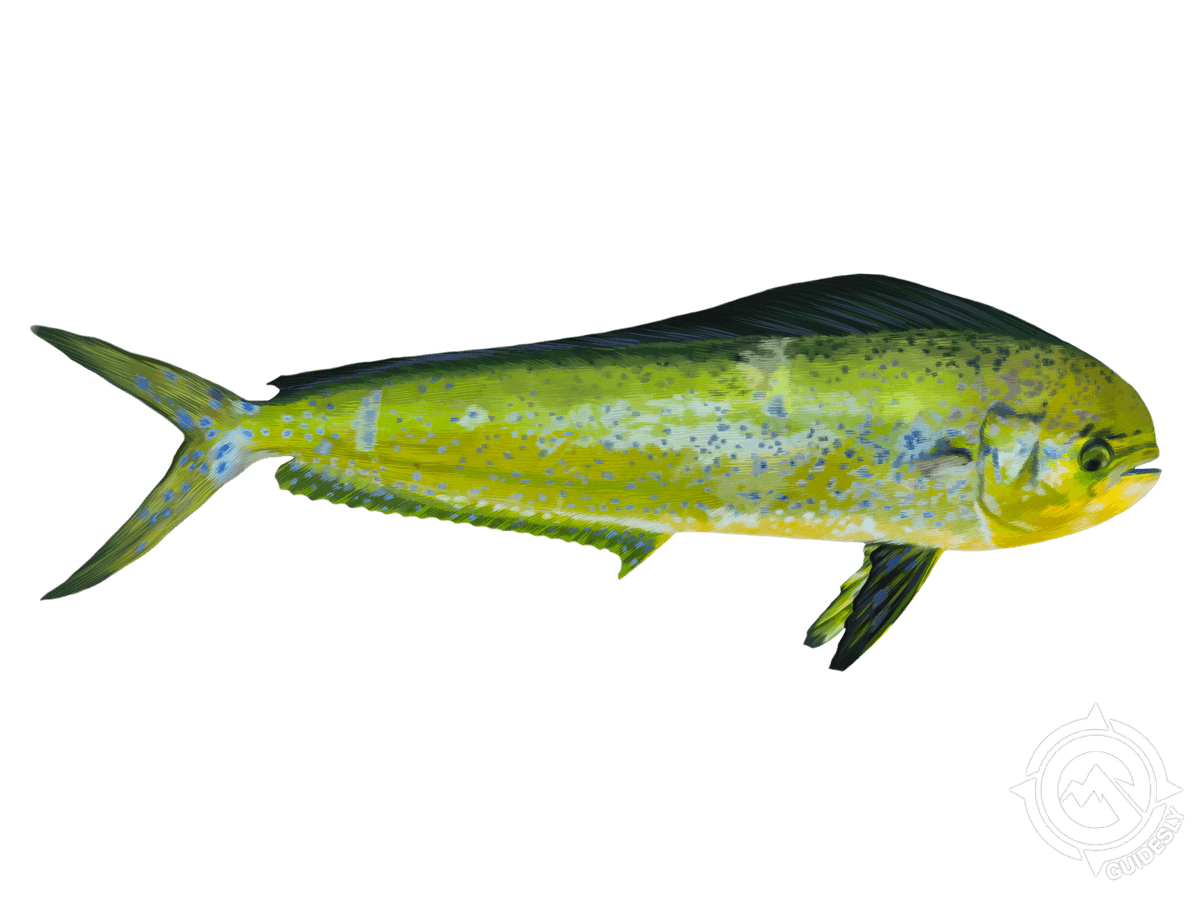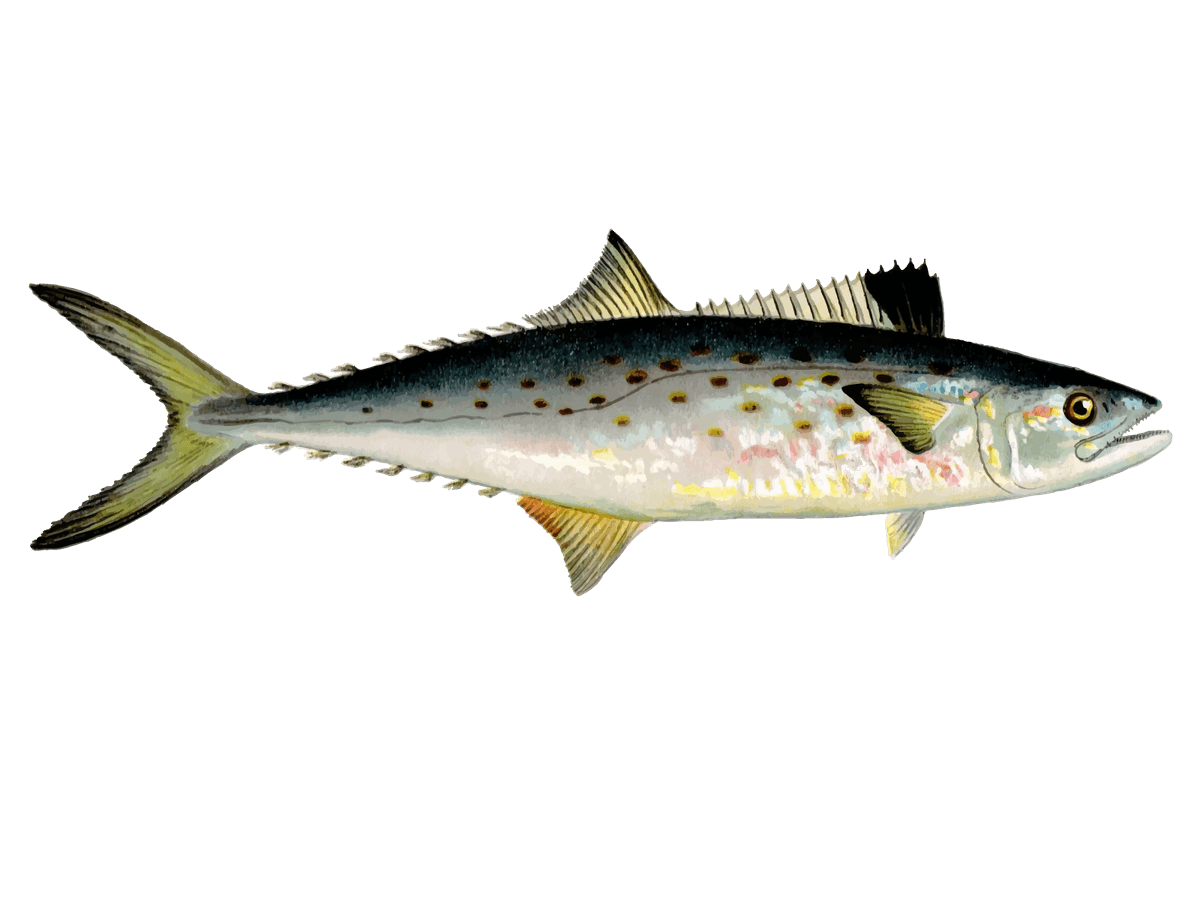Expert-Guided Inshore Fishing in Pensacola
- Published Date: July 16, 2025
- Fishing
- Pensacola
- $650 - $995 price range
- Updated Date: October 4, 2025
Summary
%2F%2Fusers%2Fdf892c3d-b5d7-4f8f-b2fc-1bfcbe4cb6f3%2Fratecard%2F469755038_506887155715269_6385400535614020009_n-mg8xcv07.jpg&w=1200&q=75)
Rods, Reels, and Catches
Reel in the Big Ones: Pensacola's Half-Day Fishing Bonanza
Get ready to hit the waters of Pensacola with Captain Bill, your ticket to an action-packed half-day of fishing that'll have you hooked from start to finish. Whether you're itching to battle it out with some inshore favorites or dreaming of hauling in offshore monsters, this trip's got something for every angler. We're talking about a chance to land everything from crafty Redfish in the shallows to hard-fighting Grouper in the deep. So grab your hat and sunscreen, because it's time to make some fishing memories that'll have you grinning from ear to ear.
What's on the Menu Today?
Captain Bill's got the inside scoop on where the fish are biting, and he's ready to put you on them. In the inshore and back bay waters, you'll be targeting the local celebs like Redfish, Flounder, and Spotted Seatrout. These guys love to hang out in the skinny water, giving you a chance to sight-fish and really hone your skills. But if you're looking to test your arms against some bigger game, Captain Bill's offshore know-how will have you battling Red Snapper, Grouper, and even the occasional Mahi Mahi. With room for up to four anglers, this trip is perfect for a small group of buddies or a family outing. Just remember, there's no food included, so pack some snacks to keep your energy up while you're reeling in the big ones.
Rods, Reels, and Techniques
On this half-day adventure, you'll get to try out a variety of fishing techniques depending on where the bite is hot. Inshore, you might find yourself working a soft plastic along the grass flats for Speckled Trout or tossing live bait at the base of a dock for Redfish. Captain Bill's got all the gear you need, from light tackle spinning setups to heavier conventional gear for when we head out deeper. If we're chasing pelagics like Spanish Mackerel, get ready for some fast-paced trolling action. And when we drop lines for bottom dwellers like Grouper and Triggerfish, you'll learn the fine art of feeling for the bite and setting the hook just right. It's all about matching the technique to the target, and by the end of the day, you'll have a whole new bag of fishing tricks up your sleeve.
Species Spotlight
Grey Triggerfish: Don't let their small size fool you – these guys punch above their weight class. Known for their tough, leathery skin and powerful jaws, Triggerfish put up a surprisingly good fight. They tend to hang around reefs and wrecks, so when we're bottom fishing, keep an eye out for their quick, distinctive bite. The meat is sweet and flaky, making them a favorite for the dinner table.
Mahi Mahi: Also known as Dolphinfish, these are the acrobats of the ocean. Mahi are famous for their spectacular aerial displays when hooked, and their vibrant colors make for some incredible photos. We usually find them near floating debris or weed lines, and they're suckers for trolled lures or live bait. Spring through fall is prime Mahi time in Pensacola, so cross your fingers for a chance at these beautiful fish.
Red Snapper: The crown jewel of the Gulf, Red Snapper are prized for both their fight and their flavor. These ruby-red beauties can grow to impressive sizes, with even "smaller" ones giving you a workout on the way up. We'll be dropping baits near structure and reefs where these guys like to hang out. The season for Red Snapper is strictly regulated, but when it's open, it's game on for some of the best eating fish in the sea.
Black Grouper: When it comes to brute strength, Black Grouper are near the top of the list. These ambush predators love to hole up in rocky areas and reefs, darting out to grab passing prey. Hooking one is just the start – getting them away from their structure before they can wrap you up is the real challenge. The fight is worth it though, as grouper make for some mighty fine eating.
Spanish Mackerel: If you're looking for non-stop action, Spanish Mackerel are your ticket. These speedsters travel in schools, slashing through bait balls with razor-sharp teeth. We'll often find them closer to shore, making them a great target when the offshore waters are rough. Trolling small spoons or jigs is the ticket here, and when you find a school, it's not uncommon to have everyone on the boat hooked up at once.
Why Anglers Can't Get Enough
Pensacola's waters are a fish-filled playground, and Captain Bill knows how to make the most of every minute out there. Whether you're a seasoned pro or it's your first time wetting a line, this trip is designed to get you into the action. The variety of species means you never know what's going to be on the end of your line next – could be a hull-slapping Redfish or a high-flying Mahi. And let's not forget the views – between casts, you'll be soaking in the beautiful Gulf Coast scenery that makes Pensacola a top fishing destination. It's the kind of day that'll have you planning your next trip before you even hit the dock.
Time to Get Your Fish On
Alright, folks, it's time to stop dreaming about that perfect fishing day and make it happen. Captain Bill's half-day trips are filling up fast, and for good reason. Whether you're looking to put some fish in the cooler or just want to experience the thrill of the catch, this is your chance to get out there and see what Pensacola's waters have to offer. Remember, everything you need is provided – just bring your sense of adventure (and maybe a lucky hat). So what are you waiting for? Book your spot now and get ready for a fishing trip that'll have you telling tales for years to come. Trust me, the only thing you'll regret is not doing it sooner. Let's go fishing!
Learn more about the species
Black Grouper
Black Grouper are the bruisers of the reef. These hefty fish average 15-30 pounds but can top 100. You'll find them lurking around deep reefs and wrecks in 100-300 feet of water. They're most active in cooler months, from fall through spring. Anglers target grouper for their bone-crushing power and excellent eating quality. To catch one, use heavy tackle and drop large live baits to the bottom. Here's a guide trick: when you feel the bite, reel like mad and pull the fish up fast. If you hesitate, they'll dive back into their rocky lairs and break you off. The fight with a big grouper is a true test of strength - it's you versus the reef, and only one of you is coming out on top.

Grey Triggerfish
Grey Triggerfish are a unique catch around Pensacola. These tough little fighters typically run 1-2 feet long and weigh up to 10 pounds. You'll find them hanging around reefs and wrecks in 60-300 feet of water. They're most active in warmer months, from spring through fall. Anglers love targeting triggerfish for their feisty nature - they'll put up a scrappy fight on light tackle. Their firm, white meat is also delicious. To land one, use a small, strong hook with squid or cut bait. Here's a local tip: when you feel a bite, reel fast. Triggerfish are notorious bait stealers, so you've got to be quick on the draw to hook 'em before they steal your bait and run.

Mahi Mahi or Common Dolphinfish
Mahi Mahi are the acrobats of the offshore world here in Pensacola. These colorful beauties average 15-30 pounds but can top 50. Look for them around floating debris and weed lines, usually 5-50 miles offshore. Spring and summer are prime Mahi seasons. Anglers love 'em for their spectacular fights - they'll leap and tailwalk across the surface. Plus, they're one of the best-eating fish in the ocean. To catch Mahi, troll with ballyhoo or small lures near floating structure. Pro tip: when you hook one, keep it in the water. The rest of the school will often stick around, letting you catch multiple fish from the same spot. It's a blast when they're fired up and competing for your bait.

Red Snapper
Red Snapper are the crown jewels of Gulf fishing. These ruby-red beauties average 5-15 pounds but can hit 30+. You'll find them on reefs and wrecks in 60-300 feet of water. Snapper season is short but sweet, usually in June and July. Anglers prize them for their hard-fighting nature and world-class table fare. To land a big one, drop a live bait or heavy jig to the bottom. Here's a local secret: use a long fluorocarbon leader. Snapper have excellent eyesight and can be leader-shy in clear water. When you feel the thump, reel fast and pull hard to get them away from the structure. There's nothing quite like the rush of battling a big snapper as it tries to dive back to its rocky home.

Spanish Mackerel
Spanish Mackerel are the speedsters of the nearshore waters. These sleek fish usually run 2-4 pounds but can hit 10+. You'll find them in large schools, often within sight of the beach. They show up in spring and stick around through fall. Anglers love Spanish for their blistering runs and acrobatic jumps. They're also excellent eating, especially when smoked. To catch them, troll small spoons or jigs behind the boat. Here's a local tip: look for diving birds. Spanish often push bait to the surface, creating feeding frenzies that attract seabirds. When you see the birds working, you've found the fish. Cast a small, shiny lure into the melee and hang on - the strikes are lightning-fast and the action is non-stop when you get into a hot school.

About the Center Console Boats
%2F%2Fusers%2Fdf892c3d-b5d7-4f8f-b2fc-1bfcbe4cb6f3%2Fvehicle_picture%2Fimage-2024-09-18t031234.725.png&w=1200&q=75)
Vehicle Guest Capacity: 6
Manufacturer Name: Yamaha
Maximum Cruising Speed: 40
Number of Engines: 2
Horsepower per Engine: 150
%2Ffit-in%2F250x250%2Fguide_websites%2F18877%2Fimages%2F1726628064698image-2024-09-18t105308.976.png&w=1200&q=100)


%2Fusers%2Fdf892c3d-b5d7-4f8f-b2fc-1bfcbe4cb6f3%2Fimages%2Freeled_big_one_open_317540.png&w=768&q=75)
%2Fusers%2Fdf892c3d-b5d7-4f8f-b2fc-1bfcbe4cb6f3%2Fimages%2Ffishing-flourish-pensacola-2850.png&w=768&q=75)
%2Fusers%2Fdf892c3d-b5d7-4f8f-b2fc-1bfcbe4cb6f3%2Fimages%2Fspotted-weakfish-pensacola-2632.png&w=768&q=75)
%2Fusers%2Fdf892c3d-b5d7-4f8f-b2fc-1bfcbe4cb6f3%2Fimages%2Fspotted-weakfish-florida-fishing-2670.png&w=768&q=75)
%2Fusers%2Fdf892c3d-b5d7-4f8f-b2fc-1bfcbe4cb6f3%2Fimages%2Fgrey-snapper-fishing-fl-2728.jpg&w=768&q=75)
%2Fusers%2Fdf892c3d-b5d7-4f8f-b2fc-1bfcbe4cb6f3%2Fimages%2Ffantastic-fl-fishing-haul-2708.jpg&w=768&q=75)
%2Fusers%2Fdf892c3d-b5d7-4f8f-b2fc-1bfcbe4cb6f3%2Fimages%2Fgreater-amberjack-florida-fishing-2648.jpg&w=768&q=75)
%2Fusers%2Fdf892c3d-b5d7-4f8f-b2fc-1bfcbe4cb6f3%2Fimages%2Freeling_big_one_out_256257.png&w=768&q=75)
%2Fusers%2Fdf892c3d-b5d7-4f8f-b2fc-1bfcbe4cb6f3%2Fimages%2Freeling_big_one_out_159116.png&w=768&q=75)
%2Fusers%2Fdf892c3d-b5d7-4f8f-b2fc-1bfcbe4cb6f3%2Fimages%2Freeled_big_one_open_742253.png&w=768&q=75)
